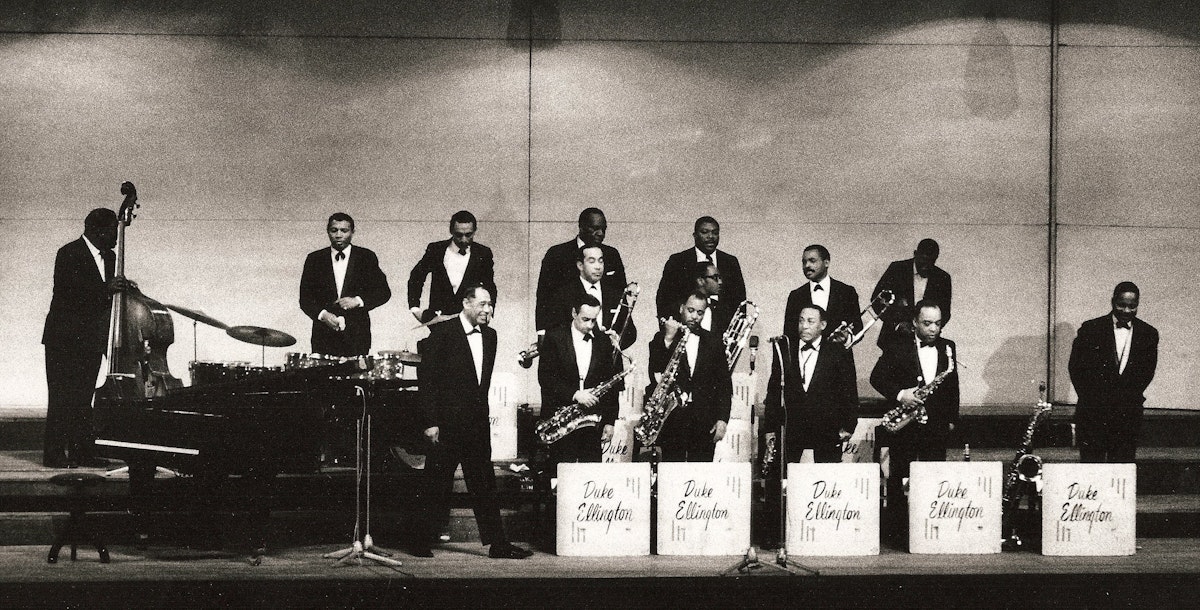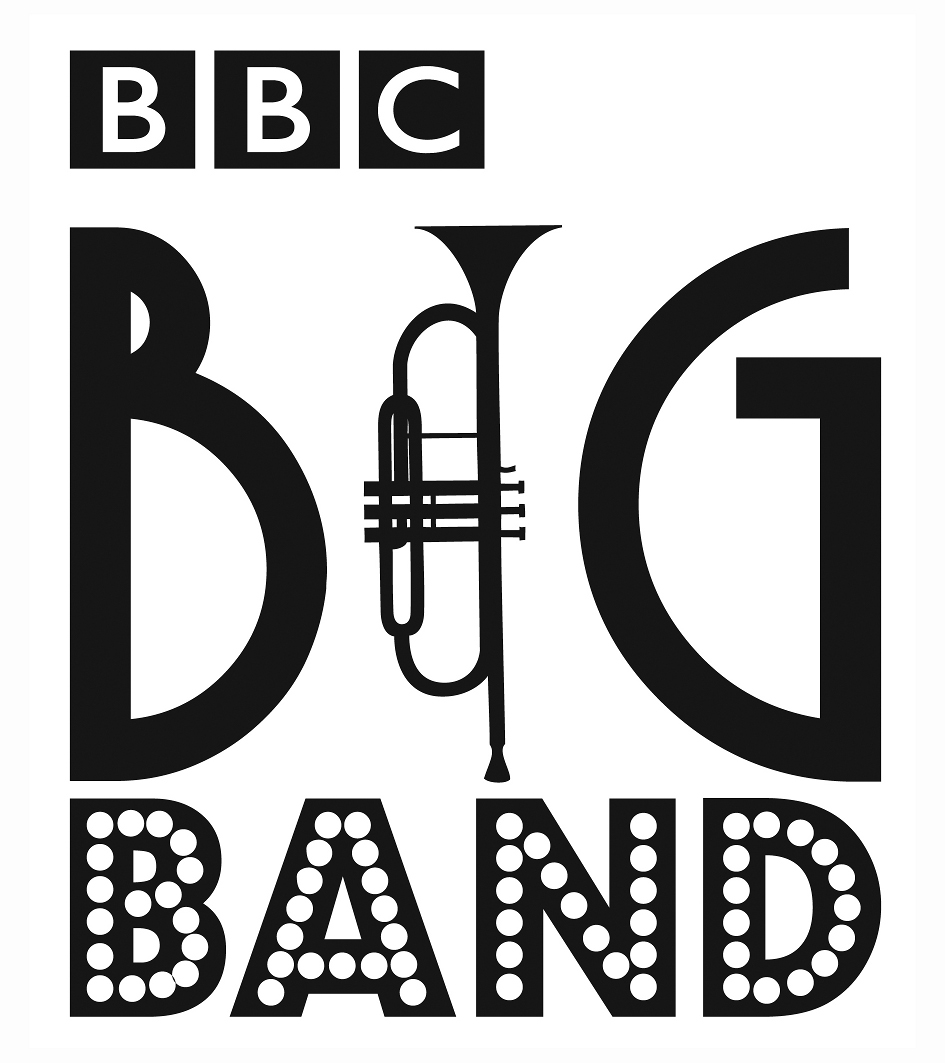The Ultimate Guide To New Big Band Releases, Songs, & Music Albums - 2021's Best

All About Big Band - Mind For Music
Music ensemble connected with jazz and Swing Age music A big band is a type of musical ensemble of jazz music that typically consists of ten or more artists with four areas: saxophones, trumpets, trombones, and a rhythm section. Huge bands stemmed during the early 1910s and controlled jazz in the early 1940s when swing was most popular.
Big bands started as accompaniment for dancing. In contrast to the common jazz focus on improvisation, huge bands relied on written compositions and arrangements. Answers Shown Here provided a greater function to bandleaders, arrangers, and areas of instruments rather than soloists. Instruments [edit] Typical seating plan for a 17-piece big band Big bands have four sections: trumpets, trombones, saxophones, and a rhythm section of guitar, piano, double bass, and drums.

In 1930, huge bands normally included three trumpets, three trombones, 3 saxophones, and a rhythm area of 4 instruments. Guitar replaced the banjo, and double bass replaced the tuba. In the 1940s, Stan Kenton's band and Woody Herman's band used up to 5 trumpets, four trombones (three tenor, one bass trombone), five saxophones (2 alto saxophones, 2 tenor saxophones, one baritone saxophone), and a rhythm area.
 Jazz Ensemble Music Stand > MusiCity.com"/>
Jazz Ensemble Music Stand > MusiCity.com"/>The Best Strategy To Use For Big band Facts for Kids

While many big bands dropped the previously typical jazz clarinet from their plans (other than the clarinet-led orchestras of Artie Shaw and Benny Goodman), many Duke Ellington tunes had clarinet parts, often changing or doubling among the tenor saxophone parts; more rarely, Ellington would substitute baritone sax for bass clarinet, such as in "Ase's Death" from Swinging Suites.
Twenty-first century big bands can be considerably bigger than their predecessors, going beyond 20 players, with some European bands using 29 instruments and some reaching 50. Plans [modify] Normal huge band arrangements from the swing era were written in strophic form with the exact same expression and chord structure repeated several times. Each model, or chorus, commonly follows twelve bar blues type or thirty-two-bar (AABA) song form.
This advancement may take the form of improvised solos, written solo areas, and "shout choruses". A plan's first chorus is sometimes preceded by an introduction, which might be as brief as a few procedures or may encompass chorus of its own. Numerous arrangements consist of an interlude, frequently similar in content to the introduction, inserted in between some or all choruses.
UNDER MAINTENANCE